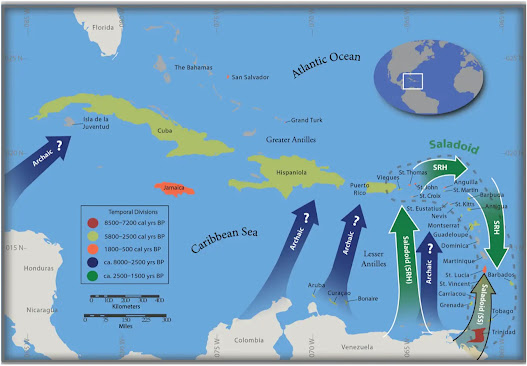‘It’s Our Tradition to Maintain the Forest’: Indigenous Water Management in
San Miguel Totonicapán
Speaker: Dr. Matthew Krystal
May 23, 2021 • 3:30pm • Zoom!
Dr. Matthew Krystal, Professor of Anthropology at North Central College, closes out our formal presentations for this year on Sunday, May 23 at 3:30pm, on Zoom.His talk will explore contemporary analogs to ancient practices in water management and conservation efforts in the K’iche’ Maya Highlands.
Based on continuing ethnographic field research, he will look at four indigenous institutions operating in San Miguel Totonicapán, Guatemala: the parcialidad; the cantón government; the water comité; and the indigenous nonprofit, nongovernmental organization/NGO.
The cantón and parcialidad are colonial-era institutions that likely evolved from territorial lineages. A cantón refers to a small administrative division. The rural indigenous communities surrounding the urban center of Totonicapán are identified as cantónes.
Parcialidad is a form of land tenure. Essentially, parcialidad is a self-governing, legally-recognized, forest-holding, natural resource management group based on kinship.
A comité de agua is a sort of user-run water management group. Members acquire springs and build and maintain the infrastructure necessary to deliver water to their homes.
Together and overlapping, these institutions effect indigenous governance of water procurement and watershed protection.
• Are they evidence of cultural continuity?
• Or are they better understood as accumulated responses to centuries of inept and corrupt kaxlan (outsider) governance?
• Do they fill a void left by neoliberal governance, or do they act as bulwarks against the involvement of central authority in local affairs?
The answer, which will emerge only with further fieldwork according to Dr. Krystal, likely will be some version of “all of the above.”
A faculty member of North Central College, Krystal lists his interests as Mesoamerica; Native North American; Ethnographic Film; Indigenous peoples’ rights, issues, and self-representation; Applied Anthropology; Cultural Ecology; and Anthropology of Religion.
Beginning in 2005, he has worked as faculty advisor and cultural consultant to the North Central College Enactus direct trade coffee and craft project. In this work, he makes twice-annual visits to Highland Guatemala. These trips combine direct trade functions, undergraduate student learning, and ethnographic field research.
Join us for our final talk of the lecture season. We expect to hold informal virtual lectures over the Summer for members (instead of our usual “safaris”) – and hold out the hope of being in person in the Fall.
Each meeting has a unique Zoom address so be sure to use the link from our website.
Members sign on early at 3:15pm for an informal period before we open to the public at 3:30pm. This lecture will also be recorded and on our Facebook Live site.
Topic: Dr. Matthew Krystal - 'It's Our Tradition to Maintain the Forest': Indigenous Water Management in San Miguel Totonicapán
Time: May 23, 2021 03:30 PM Central Time (US and Canada)
Join Zoom Meeting
https://zoom.us/j/92432424726?pwd=QWJ3LytzR2xwaFhTSWFsZlRpZ2ZyQT09
Meeting ID: 924 3242 4726
Passcode: 999709







